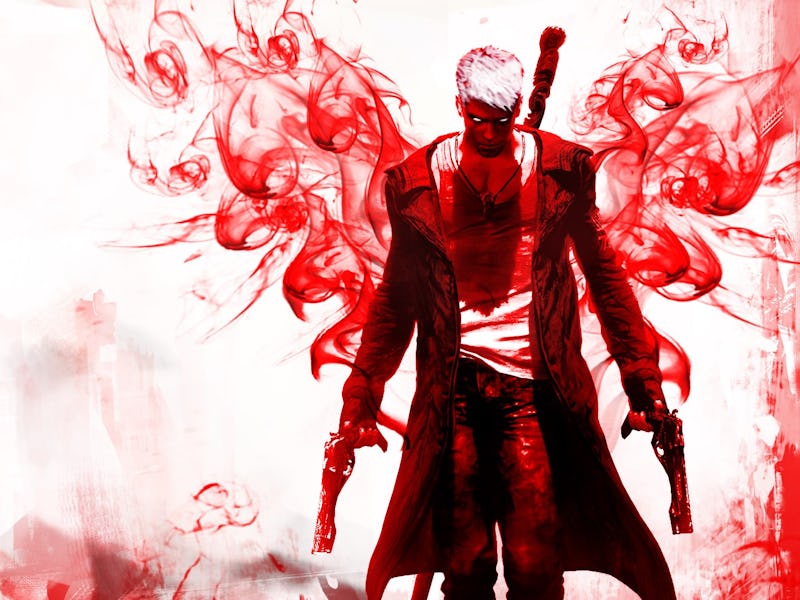DmC: Devil May Cry Is Better Than You Remember
Has enough time passed that I can say this game rocks?

In January of 2013, I played DmC: Devil May Cry on my PlayStation 3 and absolutely loved it. Cool character designs, a unique art style, and fast-paced action combat made it wealth worth the money I spent to buy it. It was also the first Devil May Cry game I had ever played.
I wasn’t chronically online like I am now so I didn’t know I was in the minority. Even with several good reviews, the game did not have a good reputation due to the changes it made as a reboot of Capcom’s beloved franchise. Eleven years later, I feel vindicated in my love of the controversial reboot, and it's worth a reevaluation.
In 2008, Capcom released Devil May Cry 4. Then the series went away for five years. At that time Capcom wanted to switch things up with its iconic action series. The idea for the next entry in the series would be a complete reboot. To get this job done Capcom tapped British developer Ninja Theory. Now known as the Xbox-owned studio behind Hellblade, at the time the studio had made Heavenly Sword and Enslaved: Odyssey to the West. The studio’s penchant for interesting action combat made it a perfect fit for Devil May Cry.
Intent on taking the series in a new direction, Ninja Theory broke down what Devil May Cry meant and built it back up anew. The studio’s approach to characters and combat has been met with mixed responses from fans, many of whom dislike the departure from the series' usual fare, but this is the greatest asset to DmC.
Even without being connected to the series’ past, DmC still bears all the hallmarks of the series. Dante and the setting of Limbo City have a more English punk-inspired aesthetic but the character's coat, personality, and style all still feel in line with the spirit of the mainline series. Limbo City is an especially wonderful piece of design, imagined as a city reacting to the player and out to kill Dante. The dream-like logic of the game’s setting leads to incredible set pieces and combat arenas of jutting architecture and pops of color.
While the game’s narrative and character design left many wanting, the combat is where the reboot shines. Like past entries in the series, players control Dante through a series of hack-n-slash combat encounters with his pistols and sword. But rather than just play the hits, Ninja Theory went above and beyond by adding its own flavor to the combat in the form of Angel and Devil Mode.
Ninja Theory’s unique take on combat in DmC makes it a worthwhile action game.
By holding down either the left or right trigger a special mode would be activated that completely changed how Dante fought. Angel Mode gives Dante a scythe and faster attacks while Devil Mode switches him to a slower but stronger axe weapon. In addition, Angel Mode lets the player grapple towards enemies while Devil Mode pulls them towards Dante. The new modes add a level of complexity to the system that encourages the player to switch in and out of modes to rack up the highest combo possible. It makes for some of the most interesting and arcade-y action combat.
While the most recent entry in the series, 2019’s Devil May Cry 5, returns to the mainline continuity, it doesn’t erase what is good about DmC. In fact, I think there is a connection to be made between the reboot and the 2019 version’s combat, with both feeling freeing and eclectic. If anything, DmC is still worth revisiting for its unique take on combat as well as the iconic characters and world.